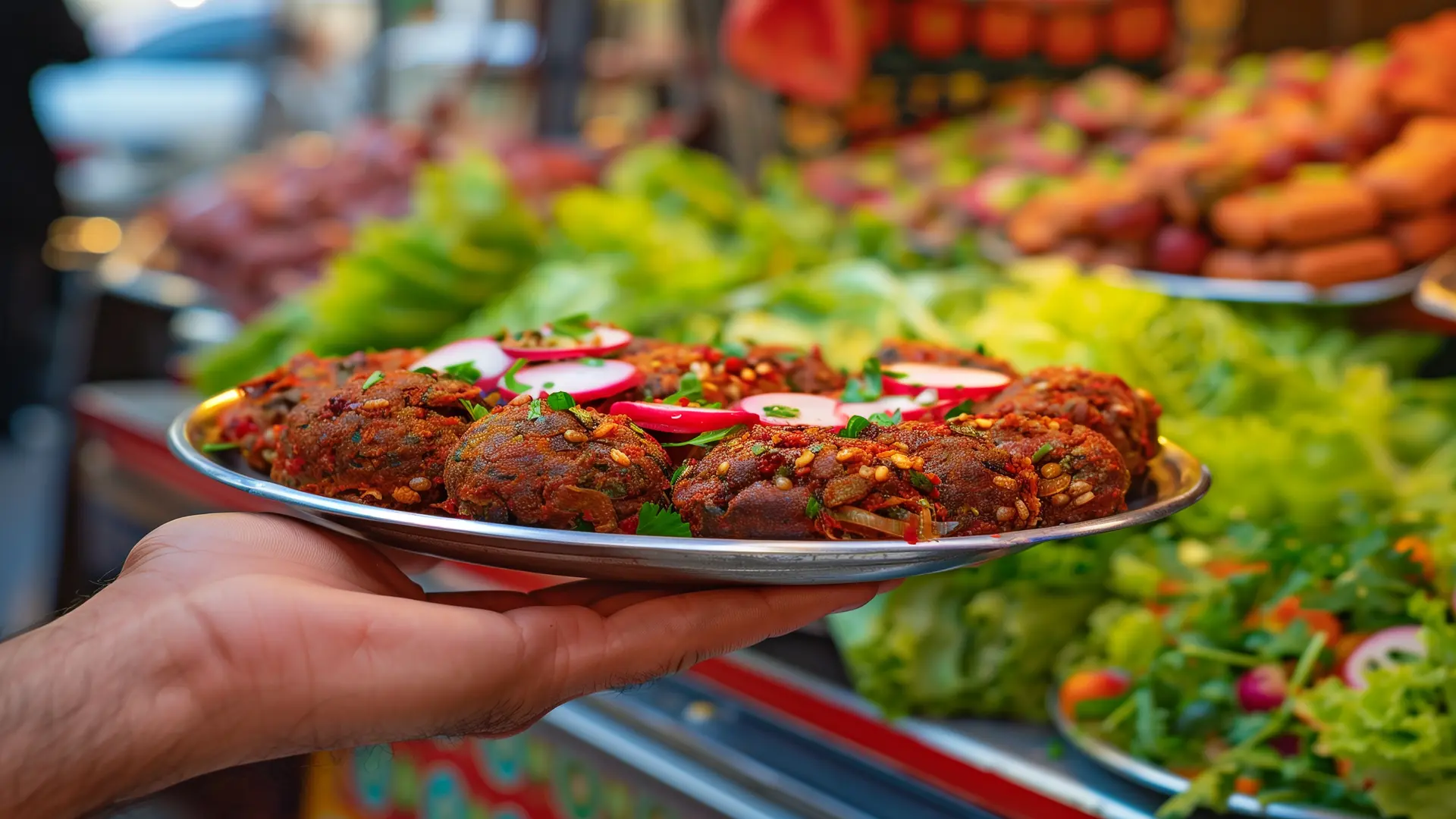
Kenya’s street food scene is a living tapestry—where familiar flavors meet creative twists, and tradition meets innovation. I still remember my first bite of a sukuma wiki-filled chapati, fresh off the griddle, steam rising and spices dancing on my tongue. It was comfort, culture, and convenience rolled into one.
Today, street food in Kenya is still that—but even better. The same beloved staples are being reinvented, modernized, and fused with new influences to delight foodies and curious travelers alike. Let’s explore how Kenyan street food has evolved—alive, adaptable, and full of surprises.
Before talking about the new, it helps to remember the heart of Kenyan street food—simple, affordable, and delicious bites:
These traditional favorites are part of the Kenyan food DNA. Love them as they are—but now, picture them with a fun twist...
One of the most popular modern takes is replacing the regular tortilla with a Kenyan chapati. Imagine the same softness and buttery layers of chapati wrapped around fillings like mashed avocado, fried egg, sautéed sukuma wiki, and a drizzle of tangy sauce. It’s comfort with personality—a breakfast burrito with local flair.
Some vendors go further—offering peri-peri chicken wraps, avocado and tomato mash, even spicy beans with coleslaw—all tucked inside warmed chapatis. The result: familiar tastes in a tidy, portable package.
The classic samosa remains unbeatable. But today, you’ll find cheese-stuffed samosas, tuna and avocado samosas, or even sweet options—like banana stuffed inside samosa pastry, lightly fried and rolled in sugar. These bring a satisfying mix of crunch, surprise, and familiarity.
There are also mini samosa platters—small bites served with colorful chutneys and dips, perfect for families or sharing among friends.
Mandazi have also had a reinvention—sometimes coated with cardamom sugar, occasionally paired with chili chocolate dipping sauce, or topped with coconut flakes or crushed peanuts. Some vendors even offer mini mandazi skewers—tiny, golden puffs served on sticks for a fun, mess-free treat.
Street side corn roasting has become playful too—spiced popcorn, often flavored with garlic, chili, or even peri-peri seasoning, now share space with corn on the cob brushed with garlic butter, lime, and chili powder. For a casual, spicy bite, these are now a popular snack during film nights or street festivals.
Mutura remains a beloved treat, now being served stuffed inside soft bread rolls, sliced like hot dogs, or paired with chutneys, grilled onions, and avocado slices. The concept is like a gourmet sausage sandwich—Rustic, meaty, and unforgettable.
Vegetarian and vegan street food is on the rise in Kenya—and inventively so. Think plant-based samosas, vegan chapati wraps with bean patty or grilled vegetables, and fried yam sticks served with coconut chutney or spiced ketchup. These additions make Kenyan street food inclusive, catering to health-conscious and plant-based eaters without losing authenticity.
The sweet street side treats get even sweeter (or surprising). Imagine mandazi dusted with matcha or chai spices, or chapati churros—chapati strips twirled, fried, and sprinkled with sugar, served with chocolate or mango dipping sauce. These creative desserts show how Kenyan flavors can adapt and evolve while staying rooted in tradition.
The setting is evolving too. Street food used to mean noisy stalls, makeshift tables, and a friendly rush. Now, food trucks and tiny street-side cafés—decorated with fairy lights and festive chalkboards—serve these reinvented dishes in a relaxed, modern vibe. It’s about quick comfort, yes, but with atmosphere and style.
Modern Kenyan street food is also made for sharing—on Instagram, with friends or family. The creative twists and vibrant presentations have turned savored bites into visual stories. Vendors pay attention to plating, colors, and flavor notes—knowing that mouthwatering photos help grow their reach.
Why add avocado to a chapati, or cheese to a samosa? Because modern Kenyan street food honors tradition while sparking curiosity:
Kenya’s street food culture is evolving—and in the greatest way possible. The snacks that once simply filled bellies now tell stories: of heritage and innovation, of nostalgia and curiosity, and of how tradition doesn’t just survive—it thrives when it welcomes a bold new twist.
Next time you're walking down a Kenyan street, keep your eyes—and taste buds—open. You might sip on spicy chai from a steel kettle, amble past a chapati burrito stand, or see a samosa stand blazing unexpected flavors. Behind every bite is a chef or vendor honoring tradition, reaching for creativity, and sharing something delicious and real.
These bites remind us—heritage isn't just to be preserved; it’s to be savored, and sometimes, reinvented in the most delightful ways.